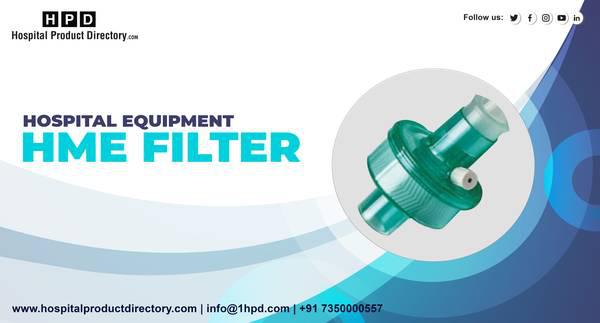HOW-OFTEN-DO-YOU-CHANGE-AN-HME-FILTER - HEALTH/WELLNESS IN INDIA
Heat and moisture exchangers and breathing scheme filters are envisioned to substitute the normal heating, humidifying, and sifting purposes of the upper airways. In specific, the effect of these expedients on gas examination, dead space, resistance to gas movement, and obstruction of the breathing system is measured. In offspring, it is important to consider the addition of dead space and resistance to gas movement. A body mass of 2.5 kg is perhaps the lesser weight edge for use with heat and moisture exchangers filters made by the HME Filter Manufacturers. The resistance to gas movement of heat- and moisture-exchanging sieve enhanced to a Mapleson F breathing system can cause an interruption in the introduction of anesthesia. Heat and moisture exchangers (HMEs) supplied by the HME Filter Suppliers are envisioned to sustain a helping of the patient’s respired warmth and dampness and condition stirred gas by heating and moistening it; respiring system sieves are envisioned to decrease the communication of microorganisms and other particulate substance in respiring systems when the patient’s upper airways have been sidestepped during anesthesia and intensive care. Heat- and moisture-exchanging sieves (HMEFs) deliver both purposes. To moisten gases and defend the breathing scheme from perished infectious dews, the expedient bought from the HME Filter Dealers is positioned between the patient and the respiring system. In this location, it enhances the dead space, thus snowballing rebreathing (requiring an upsurge in aeration or letting allowable hypercapnia), and it also enhances the resistance to gas movement, thus snowballing the work of respiring.
4.00/5
1 reviews




Price:
₹ 0,00
₹ 0,00
Contact
CONTACT



